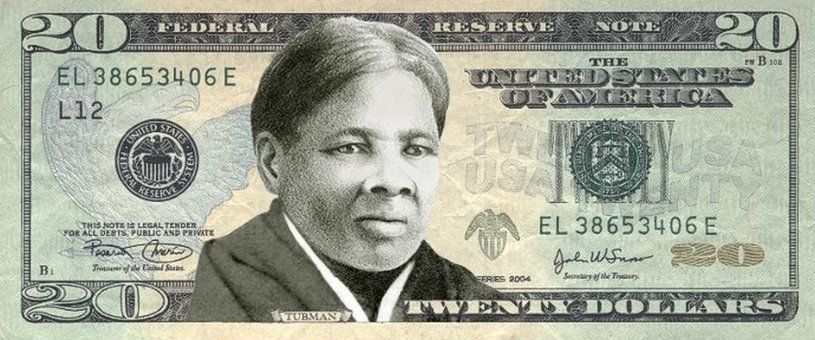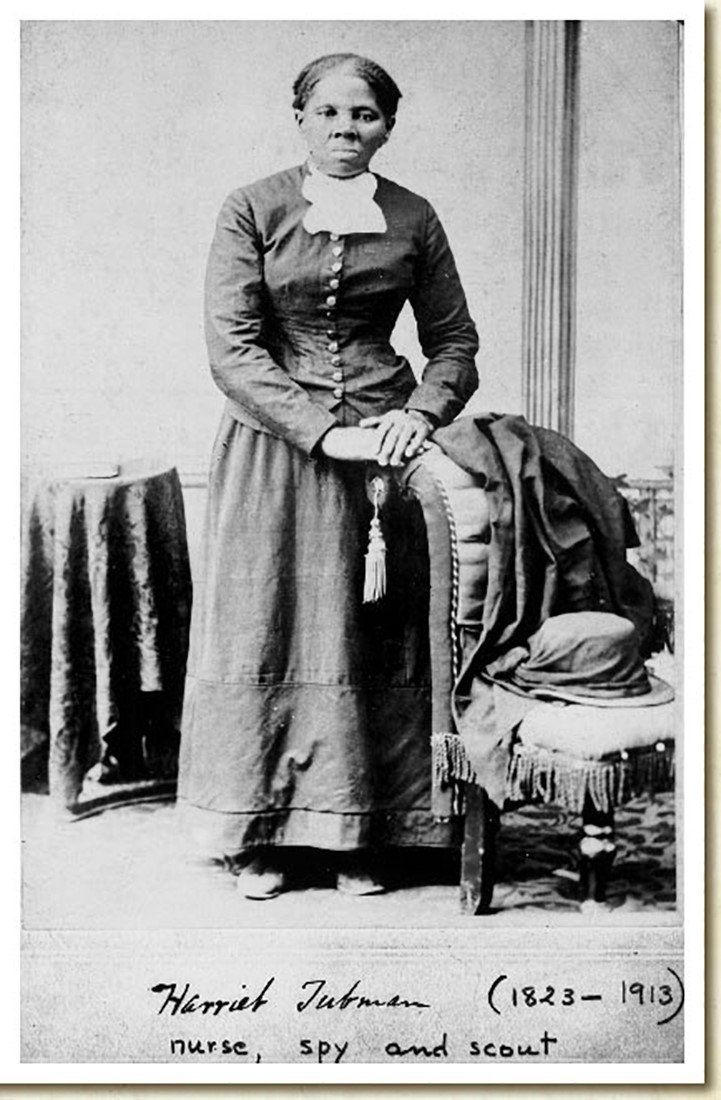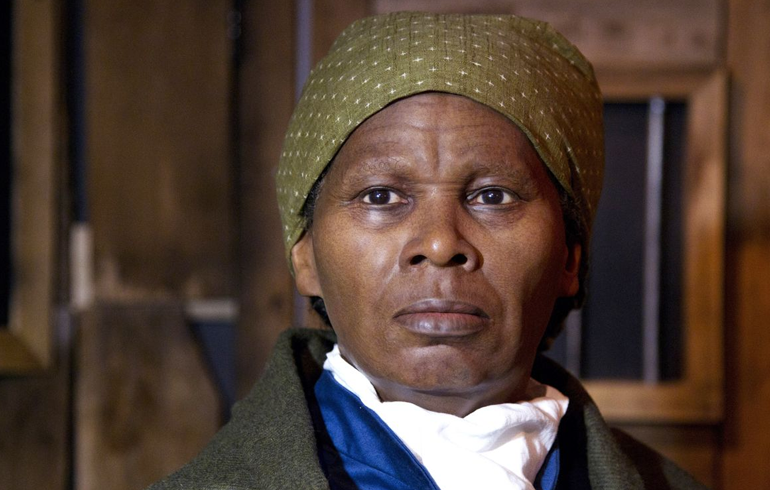The Biden administration has said it will seek to push forward a plan to make anti-slavery activist Harriet Tubman the face of a new $20 bill.
A note featuring Ms Tubman, who was born a slave around 1820, was originally due to be unveiled in 2020.
The US Treasury said she would replace former President Andrew Jackson, a slave owner.
But the effort was delayed under former President Donald Trump, who branded it “pure political correctness”.
Now President Joe Biden has revived the project, with White House Press Secretary Jen Psaki telling reporters the Treasury was “exploring ways to speed up” the process.
The move would make Ms Tubman the first African American to appear on a US banknote, and the first woman for more than 100 years.
“It’s important that our notes, our money – if people don’t know what a note is – reflect the history and diversity of our country, and Harriet Tubman’s image gracing the new $20 note would certainly reflect that,” Ms Psaki said on Monday.

The women last depicted on US notes were former First Lady Martha Washington, on the $1 silver certificate from 1891 to 1896, and Native American Pocahontas, in a group photo on the $20 bill from 1865 to 1869.
However, given the complexities of redesigning and producing US banknotes, the bill is not expected to be released any time soon.
In 2019, Mr Trump’s Treasury Secretary, Steven Mnuchin, said the redesign would be delayed until at least 2026. At the time, he said he was focused on redesigning bills to address counterfeiting issues, not making changes to their imagery.
Mr Trump, an admirer of his populist predecessor Andrew Jackson – whose portrait hung in his office – expressed opposition to the redesign.
While campaigning in 2016, Mr Trump suggested that Ms Tubman be put on the $2 bill instead.
Who was Harriet Tubman?
Born into slavery in about 1820, Ms Tubman grew up working in the cotton fields in Dorchester County, Maryland. She was the fourth of nine children born to two enslaved parents, Benjamin Ross and Harriet Rit.
As a teenager, she was hit in the head by an iron weight thrown by an overseer, leaving her severely injured.
She escaped from a slave plantation in 1849, fleeing north to the neighbouring state of Pennsylvania.
In the years that followed, Ms Tubman returned multiple times to Maryland to rescue others, conducting them along the so-called “underground railroad”, a network of safe houses used to spirit slaves from the south to the free states in the north.
She is estimated to have made some 13 missions to rescue more than 70 enslaved people, including family and friends, using the network.

Later, she became a spy for the Union Army during the Civil War, a prominent supporter of the women’s suffrage movement, and a famous veteran of the struggle for the abolition of slavery.
After the war, Ms Tubman toured eastern cities giving speeches in support of women’s suffrage, drawing on her experiences in the fight against slavery.
She died in 1913, aged 91, surrounded by her family.
Source: BBC

















































